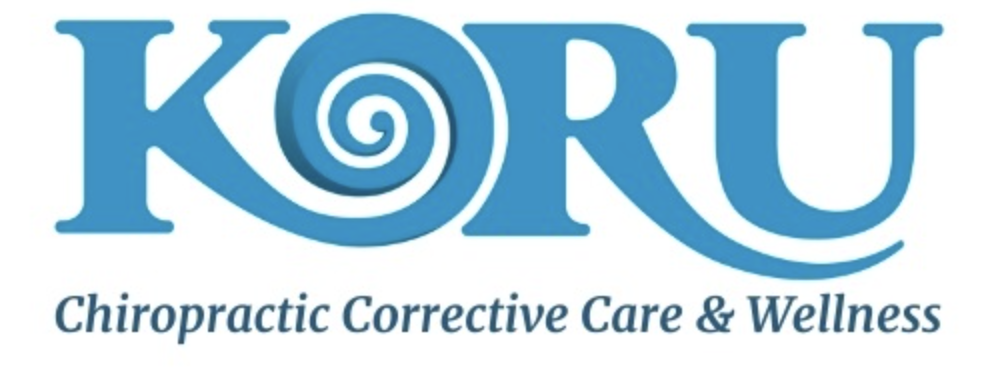Cervicogenic Headache Exercises
Cervicogenic headaches are a common type of headache that originates from the neck and can cause pain and discomfort. While chiropractic care can play a significant role in managing and alleviating cervicogenic headaches, incorporating specific exercises can further enhance your treatment plan. Here are six cervicogenic headache exercises I recommend to my patients along with insights on how chiropractic care can complement them:
Six Cervicogenic Headache Exercises
-
Head and Neck Circles
This a simple warm-up for your neck and shoulder muscles and moves your neck through its entire range of motion. Imagine a pencil on top of your head and you’re trying to draw a circle on the ceiling with it. Roll your head clockwise and then counterclockwise, starting with small circles and then getting larger and greater ranges of motion. Do 10 in each direction
-
Upper Trapezius Muscles Stretch
Most people have over-activated upper trapezius muscles from postural distortions, most commonly forward head posture. They have to work overtime when your head moves forward from your torso. Put one hand behind the back and drop your chin to the opposite collar bone (clavicle), then gently use the free hand to reach up and over your head to gently assist your chin towards your chest, you can also try this with your head still being pulled to the opposite side, but rotating it so your chin points to the same side that you have your arm behind your back. Hold the stretch for at least 30 seconds, up to 90 seconds!
-
Lacross Ball Suboccipital Massage
I prefer a lacrosse ball over a tennis ball because it grips the wall better. IMPORTANT: Pin the ball between the wall and the base of your skull, not your upper neck. The ball will start just left or right of the knob on the back of your head (External Occipital Protuberance) and slowly rotate your head to the same side, the ball will feel like it’s moving towards the back of your ear. Repeat 5-10 times on each side or until less tender. Too aggressive and you may cause and headache so take it easy! (picture of DOs and DOn’ts)
-
Chin Tucks aka Cervical Retraction
The key with this exercise is it is NOT dropping the chin downwards towards the chest, but standing erect and pulling your whole head back over your lower neck and shoulders. You should feel an activation in your deep neck flexors (behind your throat), not your upper back. I often recommend that people do this one against a wall for feedback as they press their heads into the wall. This a great one to do on long road trips too, just press your head into the headrest a few times every time you notice you are slouching. I recommend 10 reps with a 2-3 second hold each rep once you feel that good squeeze in your throat.
-
Head and Neck Stabilization Exercises
Start by standing erect, and with a slight “chin tuck” use your hands to apply resistance to try to move your head off center, side to side, and front to back. Keep breathing through your nose! I recommend doing a few rounds of 2-3-second holds on each side.
-
Scapular Retraction
Stand erect, with a slight chin tuck (cervical retraction), and pull your shoulder blades back and together like you are trying to pinch something between them (without arching the back and puffing your chest out, you can help this by pulling your bellybutton towards the spine as you pull back.). Hold for 2-3 seconds and repeat 10 times or more. This is an important postural muscle and needs good endurance so more reps are great as long as your form is not falling apart. I often add a resistance band to the mix to help strengthen beyond just activation.
What to do if these Exercises Aren’t Working?
If you are suffering from tension or cervicogenic headaches I highly recommend you give these exercises a try. If the exercises are NOT enough or cause headaches, chiropractic care can also be a valuable component in managing cervicogenic headaches. Chiropractors use spinal adjustments to realign the vertebrae in the spine, reducing nerve irritation and improving overall spinal function. By addressing spinal misalignments and muscle tension, chiropractic care can help alleviate the underlying causes of cervicogenic headaches. I’ve got to say we can significantly reduce and in many cases eliminate our patient’s headaches of this variety. I still recommend they do the exercises to keep their spines healthy and strong and ultimately have to see me less often.
Are you worried about a Chiropractor “cracking your neck”? I specialize in NUCCA which is a low-force, non-rotational hand adjustment (no twisting popping, or cracking required) to the upper neck that gets great results with not just cervicogenic headaches but also migraines, vertigo, and other neuralgias.
Additionally, as a Corrective Care Chiropractor, I make personalized treatment plans that include a combination of adjustments, soft tissue therapy, and lifestyle recommendations to support long-term headache relief. Working in conjunction with chiropractic care, incorporating these headache-specific exercises can help improve neck strength, flexibility, and posture, ultimately reducing the frequency and intensity of cervicogenic headaches. If you’re experiencing cervicogenic headaches, consult with me or another chiropractor to explore how a comprehensive approach combining chiropractic care and targeted exercises can benefit your headache management.
